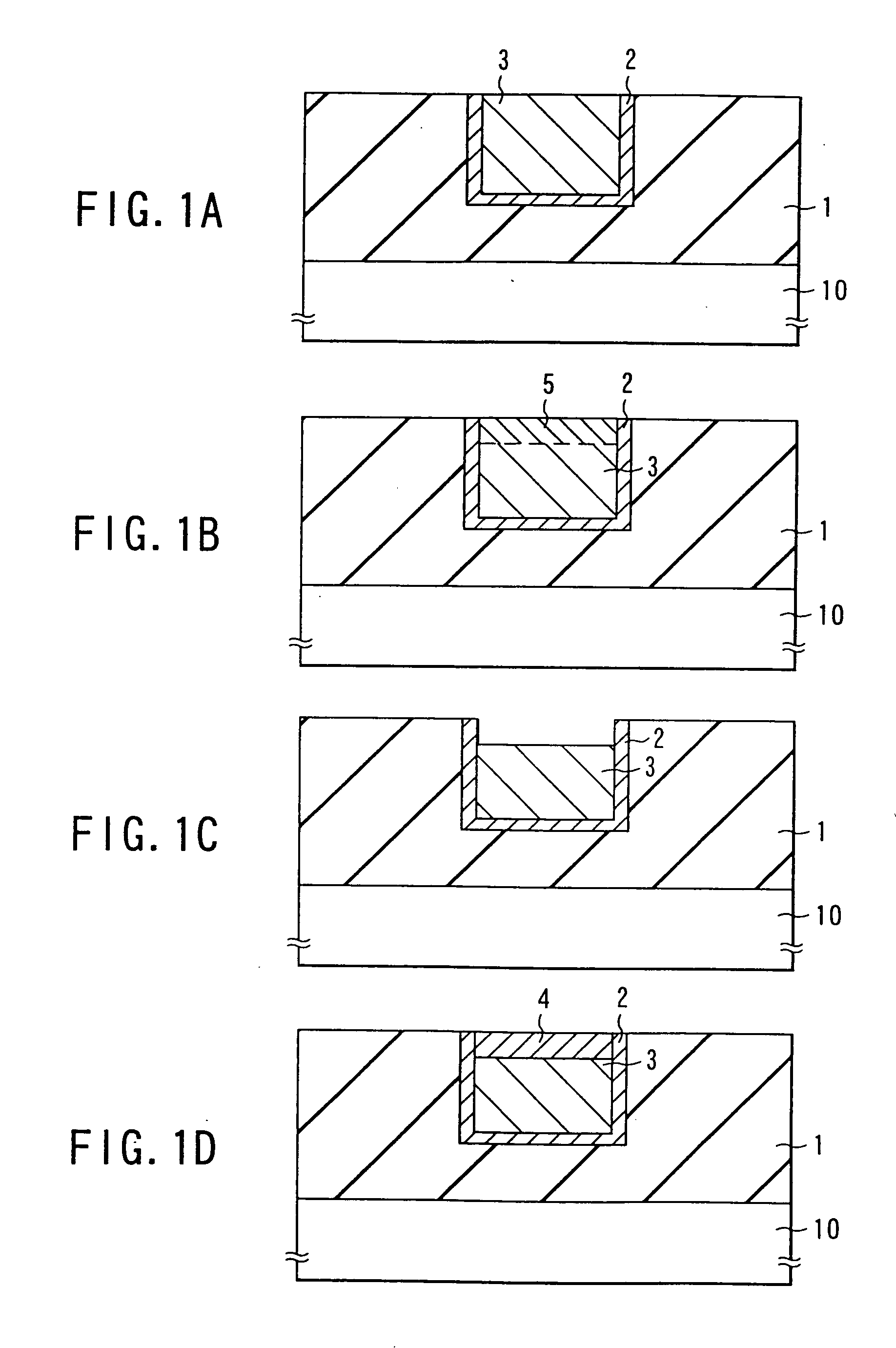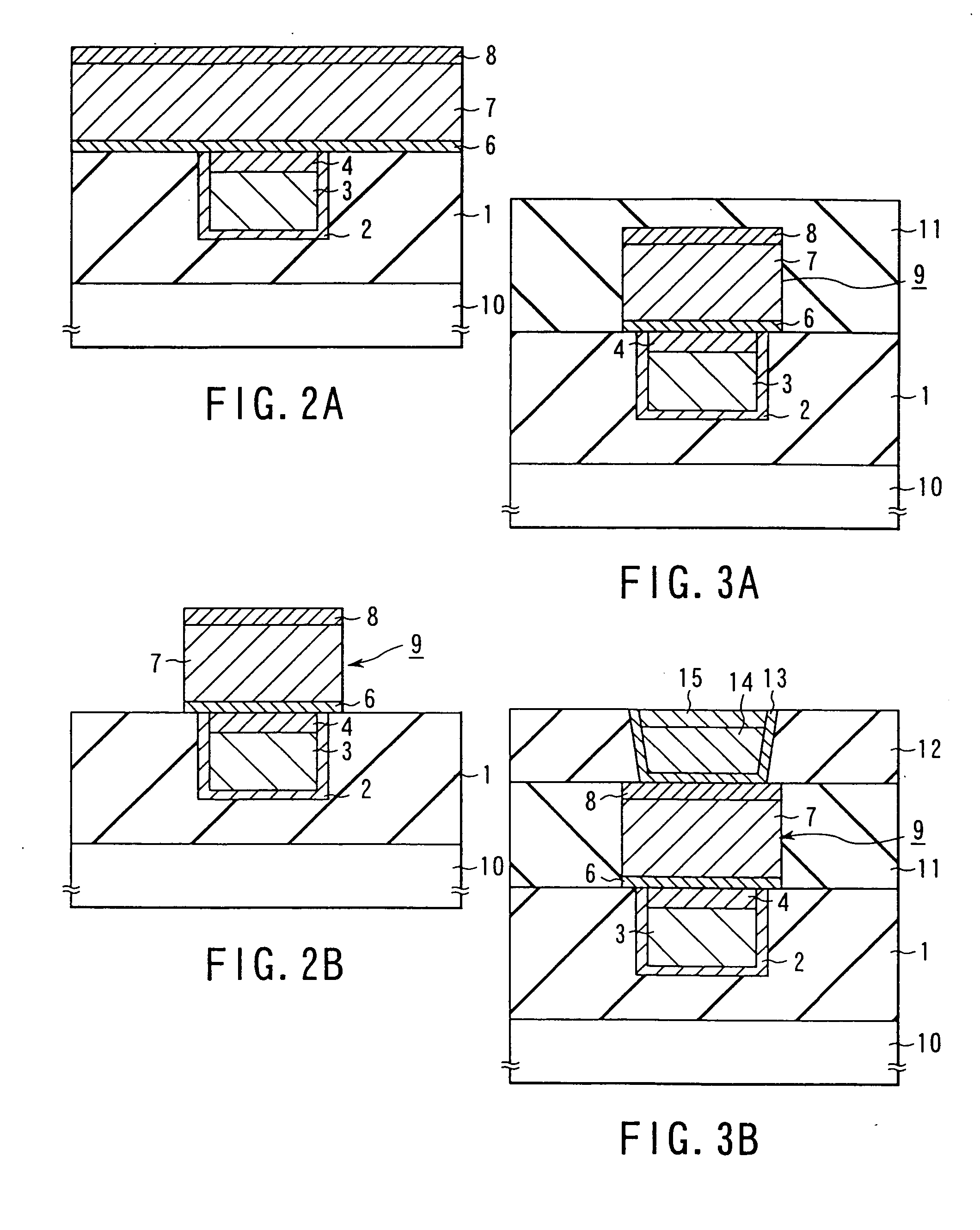Method of plating a metal or metal or metal compound on a semiconductor substrate that includes using the same main component in both plating and etching solutions
a technology of metal or metal compound and semiconductor substrate, which is applied in the direction of semiconductor devices, metallic material coating processes, electrical equipment, etc., can solve the problems of affecting the semiconductor element formed on the semiconductor substrate, affecting the performance of transistors, and deviation of wiring patterns, so as to reduce the roughness of the surface of copper film, reduce the difficulty of etching, and the effect of fewer steps
- Summary
- Abstract
- Description
- Claims
- Application Information
AI Technical Summary
Benefits of technology
Problems solved by technology
Method used
Image
Examples
Embodiment Construction
[0050] Preferred embodiments of the present invention will now be described with reference to the accompanying drawings.
[0051] This invention is adapted to, for example, a pillar process, a single damascene structure and a dual damascene structure in a multilayer wiring structure of a semiconductor device.
[0052] (1) Pillar Process
[0053]FIGS. 1A through 1D are cross-sectional views of a semiconductor substrate on which multilayer wirings are formed. A pillar wiring (contact wiring) which is formed by this process connects an under-lying wiring to an over-lying wiring. As shown in FIGS. 1A to 1D, the under-lying wiring is buried in an inter-layer insulating film 1. The inter-layer insulating film 1 is formed of silicon oxide on a semiconductor substrate 10 of silicon or the like where a semiconductor element (not shown) such as an integrated circuit is formed, and wiring grooves are formed in the surface of this inter-layer insulating film 1. A barrier metal layer 2 of a conductive...
PUM
| Property | Measurement | Unit |
|---|---|---|
| Concentration | aaaaa | aaaaa |
| Semiconductor properties | aaaaa | aaaaa |
Abstract
Description
Claims
Application Information
 Login to View More
Login to View More - R&D
- Intellectual Property
- Life Sciences
- Materials
- Tech Scout
- Unparalleled Data Quality
- Higher Quality Content
- 60% Fewer Hallucinations
Browse by: Latest US Patents, China's latest patents, Technical Efficacy Thesaurus, Application Domain, Technology Topic, Popular Technical Reports.
© 2025 PatSnap. All rights reserved.Legal|Privacy policy|Modern Slavery Act Transparency Statement|Sitemap|About US| Contact US: help@patsnap.com



